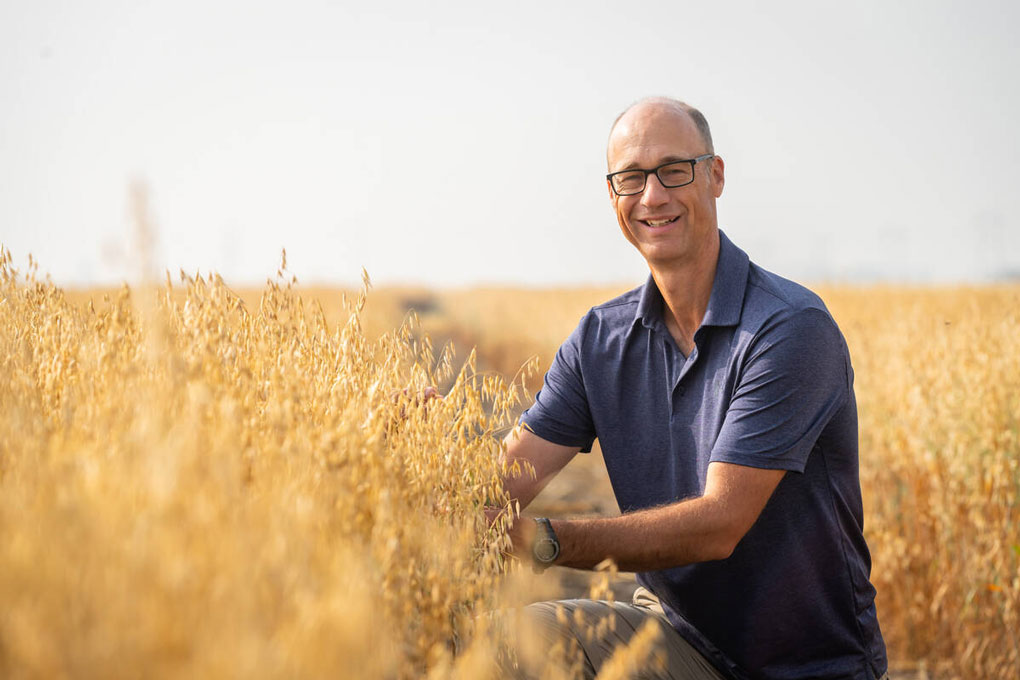
Blockbuster oat variety on the horizon
A new and yet-to-be named high-yielding oat variety was developed using traditional plant breeding methods
By Robert Arnason for the Glacier Farm MediaWINNIPEG — A seven per cent yield gain is a big deal for farmers.
It could be the difference between a profitable year and a break-even year.
That’s why Aaron Beattie, an oat and barley breeder at the University of Saskatchewan’s Crop Development Centre (CDC), is excited about a new line of oats — OT3125.
In trials over the last two years, OT3125 out-yielded some of the best commercial varieties by seven per cent.
“It’s exciting. We don’t see that kind of jump too often,” Beattie said in late April.
“Collectively, it was pretty consistently beating the checks in every soil zone…. Maybe once every 10 years we’ll get something with that big of a (yield) jump.”
About eight years ago, Beattie and his colleagues at the CDC crossed two lines of oats to produce OT3125.
The “parents” had some desirable traits for oat growers — shorter straw and high yield potential.
As well, one of the parents had resistance to lodging.
“That seems to come through in 3125. It is short, it’s strong. It’s got that big yield potential,” Beattie said.
The most popular oat varieties on the Prairies are CDC Arborg, AC Morgan and AC Summit.
However, their popularity is regional. Summit is big in Manitoba, Arborg in Saskatchewan and Morgan in Alberta, Beattie said.
The new line of oats could be well-adapted for many regions.
“It seems to be pretty consistent across the Prairies,” Beattie said.
“When you look at the soil zones, it was always at the top of the ranking (for yield).”
Beattie and his team developed OT3125 using traditional methods of plant breeding. They didn’t use gene editing, in which certain genes are deleted or added to the plant’s genetic code.
It means random chance helped produce the high-yielding oat.
“This line was bred using essentially older methods,” Beattie said.
“As much as we know about what controls yield or what controls crown rust resistance… there is still large element (of randomness) where we don’t understand how we make gains.”
The trials for OT3125 are now complete, as it was recommended for registration in February.
FP Genetics has the license to produce and market the new variety of oats and will work with seed growers to multiply the variety so a sufficient supply is available when it hits the market in a couple of years, Beattie said.
The CDC will collaborate with FP Genetics to name the variety.
Recently, FP Genetics has been naming its varieties after service members. One example is CDC Anson, a new type of oats.
“Constable Douglas Bernard Anson was an 11-year member of the Royal Canadian Mounted Police,” says a CDC release from 2024.
“In October 1970, the 30-year-old constable and his partner responded to a domestic dispute, they were both shot and killed in the line of duty. Both Constable Anson and his partner, Sargeant Bob Schrader, were buried with full honours at the RCMP Cemetery at Depot Division Regina.”
